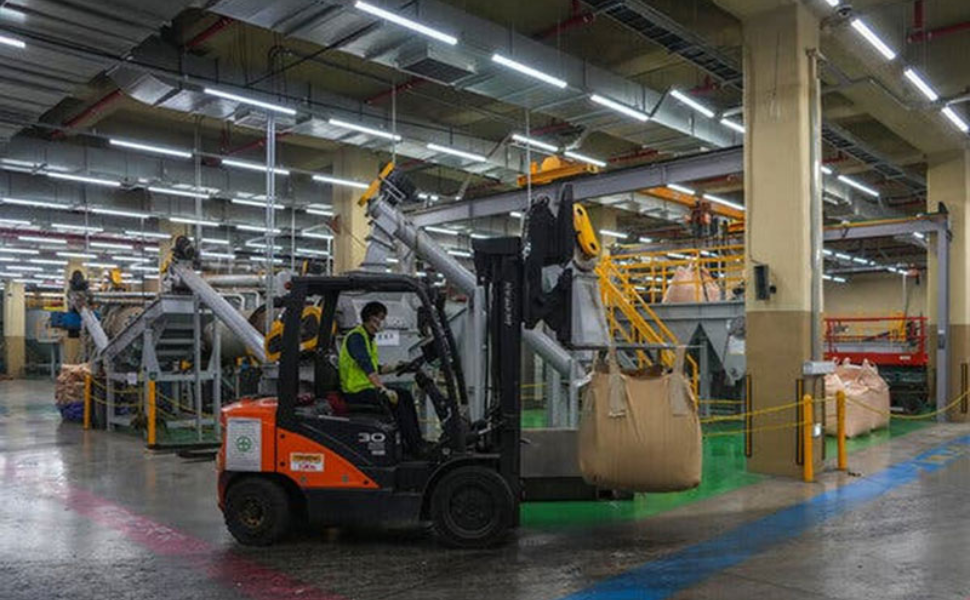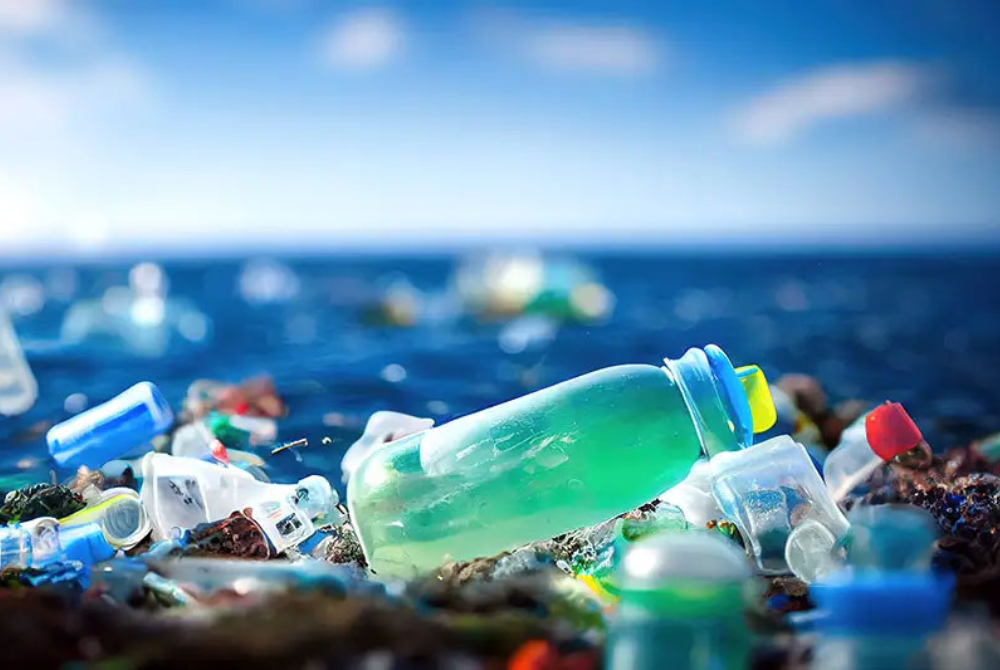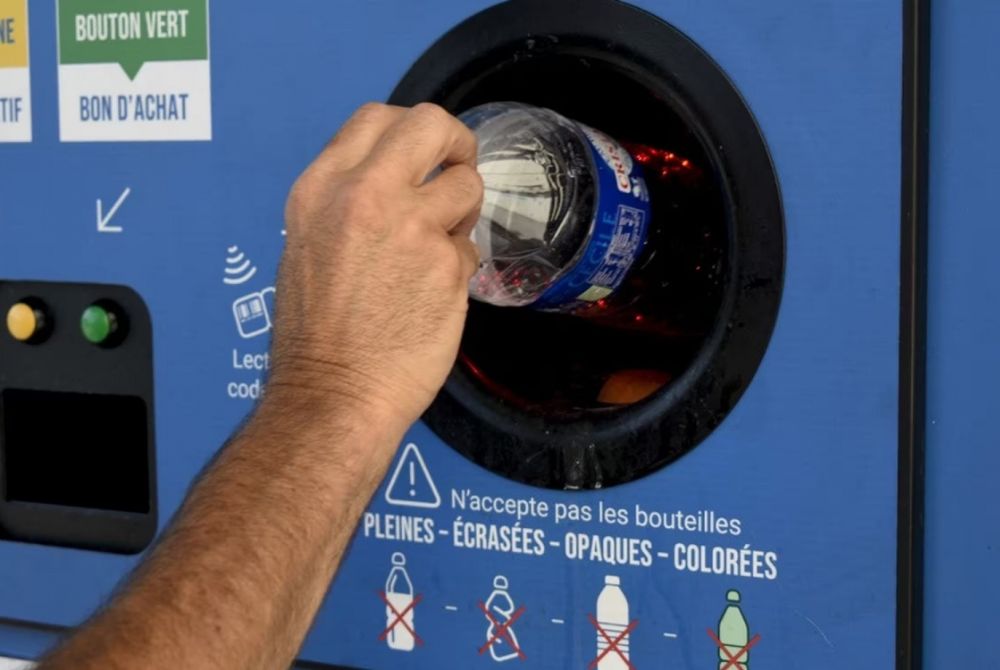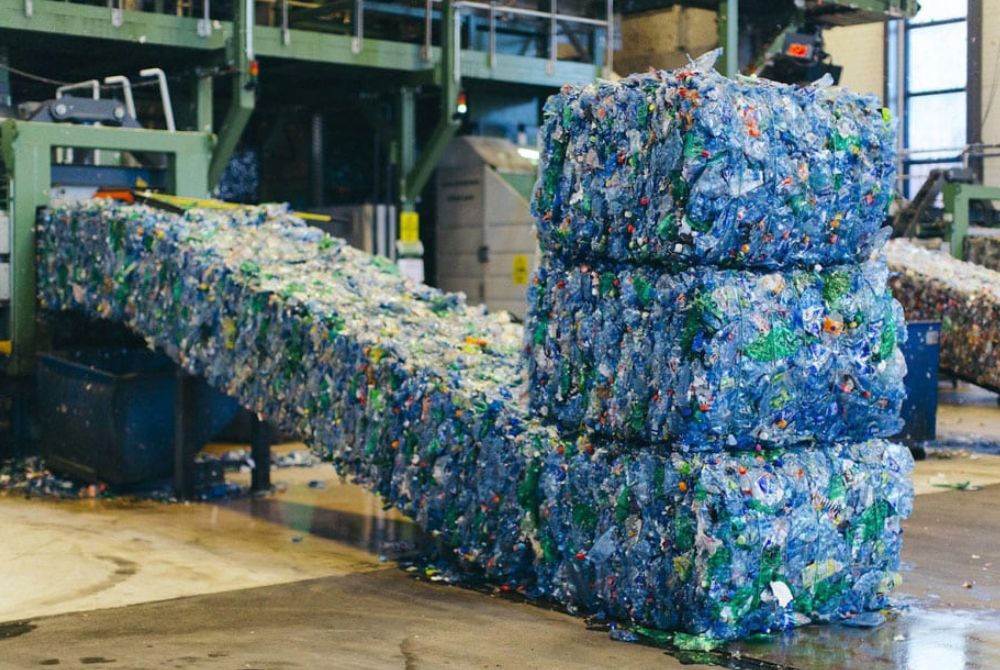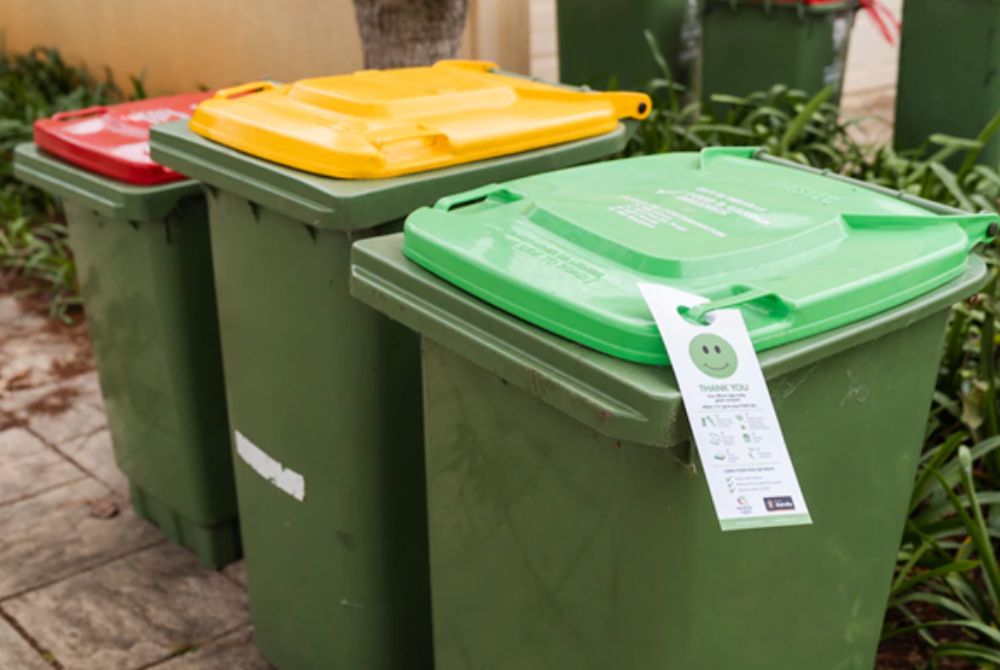Korea used food waste such as benefits stuff.
When leftovers decompose in landfills, they lead to soil-water pollution, which also contributes to boiling the Earth. But this is not happening in Korea; most food waste will be fed to cattle, fertilizer, or combustible for households.
Fertilizer from leftovers produced at Goyang's biogas facility is being delivered to a nearby farm.
According to environmental experts, food waste is one of the biggest causes of climate change. Every year, around 1.4 billion tons of food is thrown away worldwide, most of which is in landfills. In addition to polluting water and soil, rotting food releases large amounts of methane, one of the most potent greenhouse gases. Also, wasting food wastes energy and resources used to produce and transport them.
South Korea, which banned the placing of food waste in landfills and incinerators nearly 20 years ago, effectively treats about 90% of food waste and has become a model studied by many countries around the world. Including China, Denmark, the United States... New York City, which will require all residents to separate food waste from other types of trash next fall, has adopted a garbage segregation system. Korean style for many years - a city's sanitation agency spokesman said.
Although a few cities have similar waste segregation programs, the country of kimchi has just been on a national scale. Paul West, a senior scientist at Project Drawdown, which studies solutions to reduce carbon emissions, says it's down to cost. According to South Korea's Ministry of Environment, although individuals and businesses pay a small fee for removing leftovers, the country still spends about $600 million yearly on the program. Mr. West and other experts say the model is worth following. "South Korea's example helps reduce emissions on a larger scale," West emphasized.
Traditional Korean cuisine often has many side dishes - sometimes more than a dozen, leading to excess food and waste. In 1995, the government made paper and plastic recycling mandatory, but leftovers continued to be buried with other debris. It wasn't until 2005 that Korea began banning food waste from going to landfills. Local governments have built hundreds of facilities to handle this waste. At the same time, consumers, restaurateurs, truck drivers, and others are part of a network that collects and recycles it into valuable stuff.
Strict collection and recycling process
Lee Hae-yeon, the owner of a famous restaurant in the Dobong district north of Seoul, said he usually pays about 2,800 won (more than 50,000 VND) for every 20 liters of leftovers. Mr. Lee dumps leftovers into a designated trash can outside the restaurant every day after closing. He affixed a stamp purchased from the county on the bin lid, showing that he had paid for the waste disposal.
The following day, the garbage collection companies hired by the county collect the trash and take it to the Dobong County recycling facility, where the non-recyclable components (such as bones, seeds, shells, and plastic bags) are filtered and burned. The remaining waste is heated to dehydrate, the moisture is led to the water treatment plant (through pipes) used to produce biogas, and the remaining solid is ground into a brown powder. Smells like mud. Sim Yoon-sik, director of the Dobong recycling facility, said it is an additional source of chicken and duck feed, rich in protein and fiber, for any farm that wants to get it.
In other factories, recycling takes place differently. At the biogas facility in Goyang, a suburb of Seoul, food waste - nearly 70,000 tonnes annually - undergoes anaerobic digestion. Mainly, leftovers are put into large tanks for up to 35 days for bacteria to break down organic matter and create biogas, primarily methane and carbon dioxide (CO2). This biogas is sold to a local company to fuel 3,000 homes. The remaining solids are mixed with wood chips to create fertilizer and give it to farmers.
The researchers found that every ton of food waste that rots in landfills emits greenhouse gases, approximately 363 kg of CO2. But turning this waste into biogas would cut CO2 in half, said Lee Chang-gee, an engineer at the Goyang plant.
Korean government officials say they are improving technology to make food waste recycling operations cleaner and more efficient. To make it easier for people to participate in the collection and recycling of leftovers in apartment complexes across the country, residents are issued a card to scan each time they dump their food waste into designated trash cans. Based on the amount of trash they have disposed of, they will receive a bill for payment at the end of the month.
Source: Can Tho Electronic Newspapers



